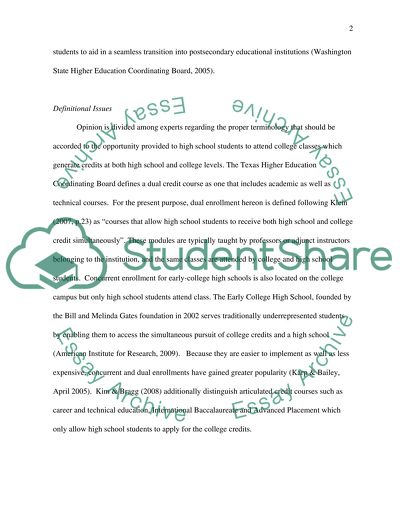Cite this document
(“The Effects of Dual Credit and Dual Enrollment on High School Students Essay”, n.d.)
Retrieved de https://studentshare.org/education/1390556-the-effects-of-dual-credit-and-dual-enrollment-on
Retrieved de https://studentshare.org/education/1390556-the-effects-of-dual-credit-and-dual-enrollment-on
(The Effects of Dual Credit and Dual Enrollment on High School Students Essay)
https://studentshare.org/education/1390556-the-effects-of-dual-credit-and-dual-enrollment-on.
https://studentshare.org/education/1390556-the-effects-of-dual-credit-and-dual-enrollment-on.
“The Effects of Dual Credit and Dual Enrollment on High School Students Essay”, n.d. https://studentshare.org/education/1390556-the-effects-of-dual-credit-and-dual-enrollment-on.


